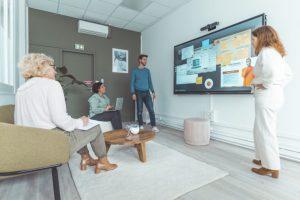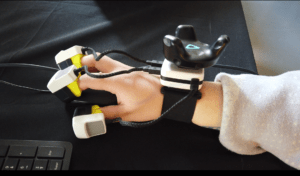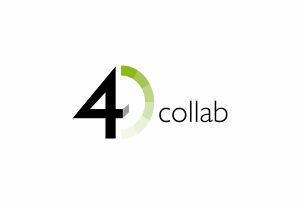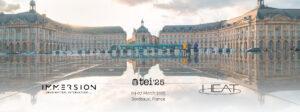Mixed Reality is a combination of real world objects and virtual objects. It is a term that encompasses a wide range of technologies from Augmented Reality (AR) to Augmented Virtuality (AV).
Augmented Reality basically consists in adding a digital content in a real environment while Augmented Virtuality consists in adding physical content in a virtual environment.
As it encompasses a broad range of technologies, it may be displayed through headsets, smartphones, glasses, immersive rooms (through Augmented Virtuality), and more.
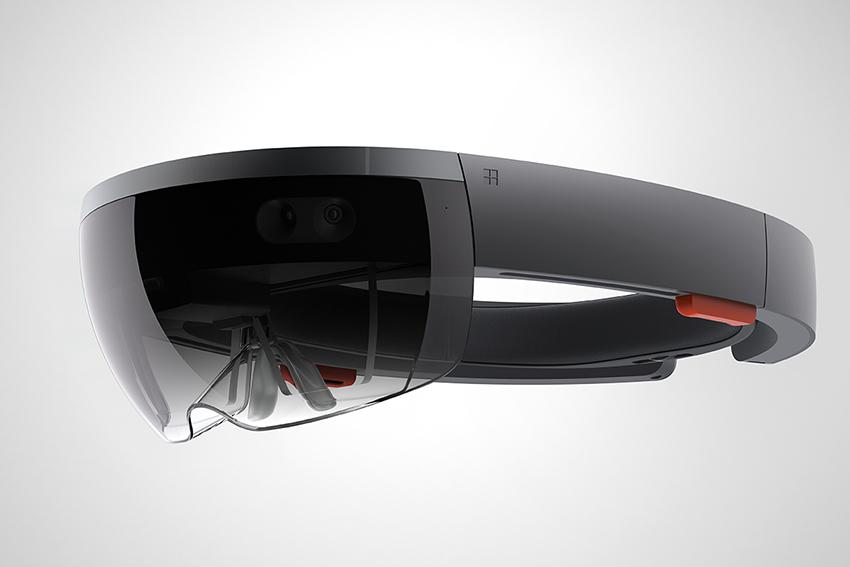
The Microsoft HoloLens, amongst the first broadly used Mixed Reality devices.
For example, the recent Microsoft Hololens, displayed in the picture hereabove, or the Magic Leap One come under Mixed Reality and are at the same time considered to be Augmented Reality based on these definitions.
The figure below outlines the logic behind these definitions :

This means that Virtual Reality, Mixed Reality and Augmented Reality, rather than being isolated concepts that are sometimes opposed to each other, are actually part of the same underlying logic: the reality-virtuality continuum. It is therefore probably wiser to understand them as a categorization on that spectrum, rather than separate terms.
You have a project involving mixed reality or augmented reality ?
Want to learn more about Mixed Reality and Remote Assistance? Download the free white paper written by our expert on the subject.

